




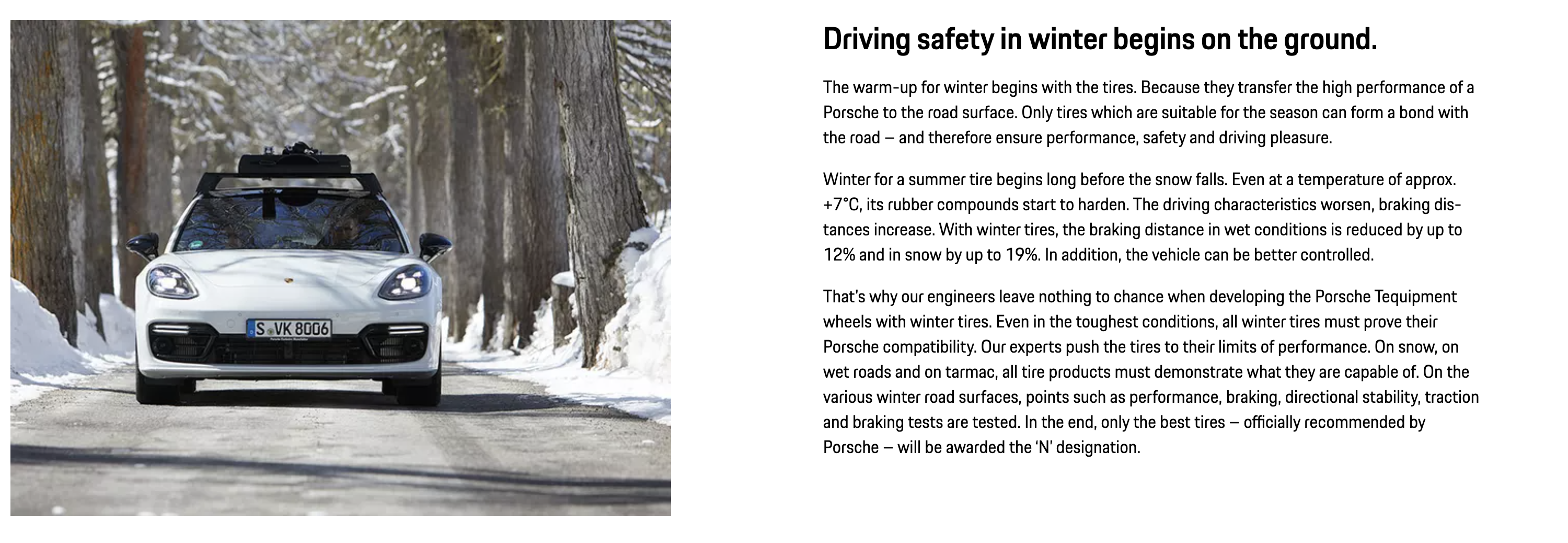
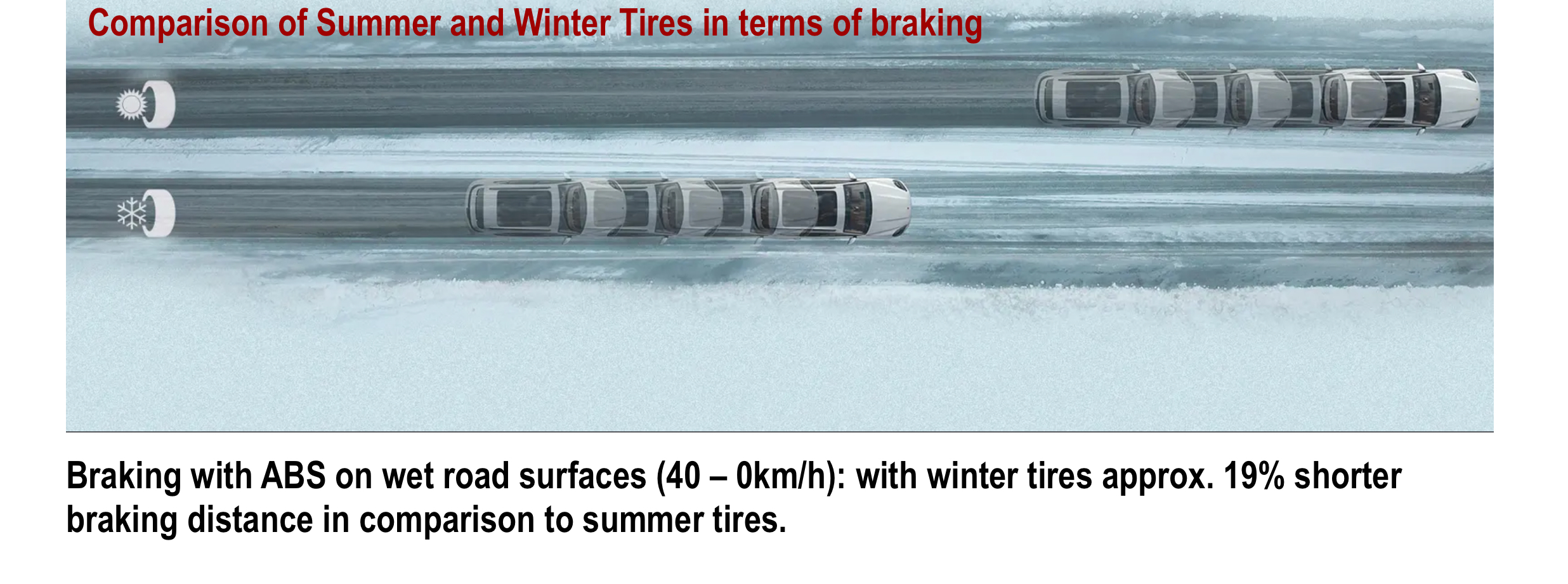
Some vehicles are equipped with run-flat tires that allow you to keep driving on a tire that has lost air for a limited range at a reduced speed.
Please look for tires with the run-flat symbol![]() to select an extended mobility tire for your vehicle. Warning
Be careful run-flat tires should only be installed in sets of 4.
Run-flat tires should only be installed on vehicles with a working TPMS (Tire Pressure Monitoring System).
TPMS sensors can be indirect or direct.
Install of run-flat tires on vehicles without a TPMS system is dangerous and can cause serious injury or death.
to select an extended mobility tire for your vehicle. Warning
Be careful run-flat tires should only be installed in sets of 4.
Run-flat tires should only be installed on vehicles with a working TPMS (Tire Pressure Monitoring System).
TPMS sensors can be indirect or direct.
Install of run-flat tires on vehicles without a TPMS system is dangerous and can cause serious injury or death.
Please select at least one option

Load index is a measure of the load carrying capability of a tire. For instance a tire (inflated to maximum pressure) with a load rating of 100 can support 1794lbs. While a tire (inflated to max pressure) with a load rating of 110 can support 2337lbs. The higher the load rating the higher the load the tire can support. Actual load carrying capability is dependant on the inflation pressure specified by the vehicle manufacture. When replacing tires best practice is to match or exceed the load index of the original tire.
 Speed Rating
Speed Rating
The speed rating in the most simple terms is the maximum speed a tire can sustain without risk of tire failure. It is important to remember it's more about overall performance than just top speed, it determines how well your tires get rid of heat and how they brake, corner and grip. Higher speed rated tires will perform better but at the expense of tread-wear and ride comfort in comparison to a lower speed rated tire. When replacing tires ideally you match the speed rating from the original tires. Although this is not a requirement and most customers will not notice a difference in the tires if speed ratings differ by 1 or 2 above or below.
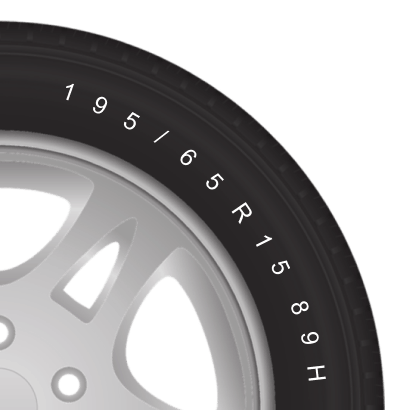
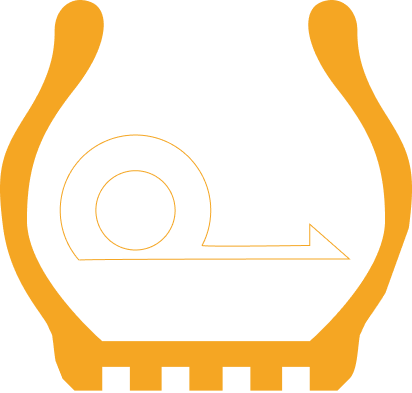
Different tire manufacturers refer to this technology as Pirelli RFT (Run-Flat Technology), Yokohama Run-Flat and ZPS (Zero Pressure System), Dunlop DSST (Dunlop Self-Supporting Technology) and ROF (Run-On-Flat), Firestone RFT (Run-Flat Tire), Goodyear EMT (Extended Mobility Technology) and ROF (Run-On-Flat), Kumho XRP (Extended Run-Flat Performance), Michelin ZP (Zero Pressure), and Bridgestone RFT (Run-Flat Tire)
A Run Flat tire is designed to resist the effects of deflation when punctured, and to enable the vehicle to continue to be driven at reduced speeds and for limited distances to a service centre. Usually the limit is 80 km/h with a distance of 80 km but refer to your tire specifications for more details. Tire pressure montioring systems (TPMS) that warn the driver of a tire pressure loss are required when using run flat tires. Without the aid of a TPMS system the driver wouldn't be able to feel the effects of a flat tire or visually detect when the tire is in run flat operation.

Low rolling resistance tires are marketed as a green tire designed to reduce the energy loss as a tire rolls which improves fuel economy. While offering on average about 5% better fuel economy they generally offer lower levels of grip especially in wet or cold weather. Increased treadwear compared to a generally lower priced conventional tire is also a factor when considering low rolling resistance tires. These tires generally come as original equipment tires on hybrid and electric vehicles
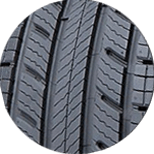
The most practical tire option for drivers of family vehicles that value comfort and longevity over higher performance. Recommended primarily for three season usage in our climate.
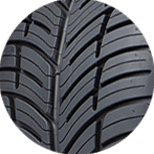
The optimal tire for drivers of sporty cars that demand more performance than a basic all season but want a more comfortable and longer lasting tire than a dedicated summer performance tire offers. Recommended primarily for three season usage in our climate.

The optimal tires for drivers of performance cars that would prioritize grip and steering feel over a more comfortable and longer lasting tire. Not approved for usage in near freezing temperatures.
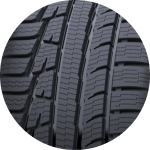
Offer better winter performance than a conventional All Season tire but are generally noisier, offer lower grip in warm weather and wear quicker. While not matching the performance of a dedicated winter tire these do have the 3PMS (Three peak mountain snowflake) symbol which designates that the tires are approved for use in severe winter conditions.
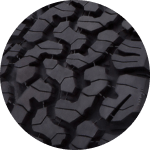
A good option for drivers of SUV and light trucks that are looking for a tire than can offer on-road and off-road capabilities in one tire. They have confident year-round traction and aggressive tread and sidewall designs but are less comfortable, noisier and quicker wearing than a regular All Season SUV/Truck tire.


Load index is a measure of the load carrying capability of a tire. For instance a tire (inflated to maximum pressure) with a load rating of 100 can support 1794lbs. While a tire (inflated to max pressure) with a load rating of 110 can support 2337lbs. The higher the load rating the higher the load the tire can support. Actual load carrying capability is dependant on the inflation pressure specified by the vehicle manufacture. When replacing tires best practice is to match or exceed the load index of the original tire.
 Speed Rating
Speed Rating
The speed rating in the most simple terms is the maximum speed a tire can sustain without risk of tire failure. It is important to remember it's more about overall performance than just top speed, it determines how well your tires get rid of heat and how they brake, corner and grip. Higher speed rated tires will perform better but at the expense of tread-wear and ride comfort in comparison to a lower speed rated tire. When replacing tires ideally you match the speed rating from the original tires. Although this is not a requirement and most customers will not notice a difference in the tires if speed ratings differ by 1 or 2 above or below.


A Run Flat tire is designed to resist the effects of deflation when punctured, and to enable the vehicle to continue to be driven at reduced speeds and for limited distances to a service centre. Usually the limit is 80 km/h with a distance of 80 km but refer to your tire specifications for more details. Tire pressure montioring systems (TPMS) that warn the driver of a tire pressure loss are required when using run flat tires. Without the aid of a TPMS system the driver wouldn't be able to feel the effects of a flat tire or visually detect when the tire is in run flat operation.

Low rolling resistance tires are marketed as a green tire designed to reduce the energy loss as a tire rolls which improves fuel economy. While offering on average about 5% better fuel economy they generally offer lower levels of grip especially in wet or cold weather. Increased treadwear compared to a generally lower priced conventional tire is also a factor when considering low rolling resistance tires. These tires generally come as original equipment tires on hybrid and electric vehicles

The most practical tire option for drivers of family vehicles that value comfort and longevity over higher performance. Recommended primarily for three season usage in our climate.

The optimal tire for drivers of sporty cars that demand more performance than a basic all season but want a more comfortable and longer lasting tire than a dedicated summer performance tire offers. Recommended primarily for three season usage in our climate.

The optimal tires for drivers of performance cars that would prioritize grip and steering feel over a more comfortable and longer lasting tire. Not approved for usage in near freezing temperatures.

Offer better winter performance than a conventional All Season tire but are generally noisier, offer lower grip in warm weather and wear quicker. While not matching the performance of a dedicated winter tire these do have the 3PMS (Three peak mountain snowflake) symbol which designates that the tires are approved for use in severe winter conditions.

A good option for drivers of SUV and light trucks that are looking for a tire than can offer on-road and off-road capabilities in one tire. They have confident year-round traction and aggressive tread and sidewall designs but are less comfortable, noisier and quicker wearing than a regular All Season SUV/Truck tire.
